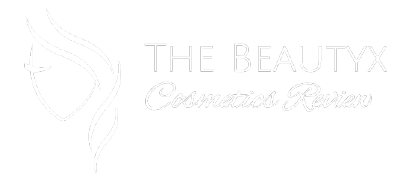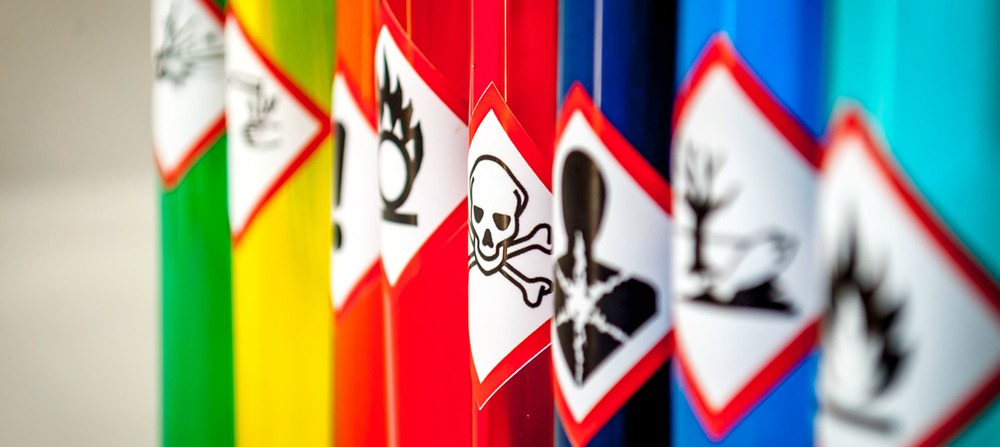In the pursuit of high efficiency and immediate results, cosmetic manufacturers use ingredients that doesn’t have positive influence on our skin. It’s time to read the labels! What substances added to beauty products might be hazardous for us?
An average cream, hair conditioner, shampoo or shower gel is composed of up to a few dozen of various substances. Some of them come straight from nature (e.g. oils, plant extracts or herbal distillates), whereas others are chemical compounds of either bigger or lesser influence on our skin. Sadly, it happens that the effects aren’t always positive. A huge part of common cosmetic constituents simply harms us.
The good news though is that according to the mandatory legal provisions the producers are obliged to include the full list of constituents on the packaging. It’s important to realize that the ingredients must be arranged in the right order. This means that substances that make the most of a particular product must be placed at the top of the list. Naturally, substances that are added in trace amounts are placed at the end of the list.
List of the hazardous cosmetic ingredients
Do you know which cosmetics to avoid and which of their constituents are hazardous? It’s time for a fast training of reading cosmetic labels to seek potentially harmful substances.
1. Sodium Lauryl Sulfate, which is SLS
It’s one of the cheapest, synthetic detergents. It’s task is to remove impurities as well as encourage pleasant lathering of gels, shampoos and bar soaps. It’s owed to SLS that a cosmetic creates the impression of being well-cleansing.
Side effects: As the matter of fact this is a highly irritating substance that might dehydrate skin due to causing damage to the natural hydro-lipid barrier that is located on skin. Also, this substance disturbs sebum and sweat secretion, might cause itchiness and eczema.
2. Sodium Laureth Sulfate, which is SLES
It can be said that this substance is a cousin of the above-mentioned SLS. It’s made of SLS molecules and is even more hazardous chemical compound.
Side effects: It features compounds commonly recognized as cancerogenic. In theory, it’s a more gentle washing agent, yet it may also irritate and dehydrate if used regularly.
3. Mineral oils, which is paraffinum and its derivatives
A honorable place among hazardous cosmetic ingredients is taken by paraffinum and all derivatives of crude oil, e.g. vaseline. Although there are plenty of names given to it (mineral oil, paraffinum oil, petrolatum, paraffinum liquidum, vaselinum flavum, paraffinum liquidum, petrolatum, cera microcristallina, ozokerite, ceresin, paraffin), the effects are exactly the same. In short, they are fillers that pump up volume of a cosmetic.
Side effects: They don’t absorb into skin but remain on its surface which might just seemingly protect and give the sensation of smoothness. In reality, the crude oil derivatives disturb gas exchange in skin, they are comedogenic and overburden it dramatically.
4. PEG, PPG, PEG, which are glycol
These synthetic compounds of mysteriously sounding names are developed in laboratories and applied in cosmetics to give them the right consistency. Basically, they don’t have any positive influence on skin.
Side effects: They can do a lot of damage – they weaken hydrolipid barrier, dehydrate, irritate and can damage cell genetic structure. Moreover, they are recognized as potentially cancerogenic, therefore it’s better to stay away from them and choose PEG-free cosmetics.
5. Aluminium
Aluminium compounds are commonly used in anaphoretic cosmetics (deodorants and antiperspirants). Their main task is to neutralize unpleasant smell and reduce perspiration.
Side effects: It turns out that aluminium slats may cause sebaceous and oily gland inflammation, strong irritations and skin dryness. Some researches proved that it’s highly possible that aluminium is one of the factors encouraging cancer and even Alzheimer disease.
6. Preservatives, especially parabens
First to all, it must be stated that not all preservatives are bad. Therefore, we should look for cosmetics containing natural preservatives, not parabens. This is the worst group of preservatives that can be frequently found in the composition of popular cosmetics. You can recognize them by the following names: methylparaben, ethylparaben, butylparaben.
Side effects: The thing about parabens is that they are recognized as strong allergens. They can cause irritations and make skin sensitized to various types of external factors.
7. Formaldehyde, which is methanal
By scanning the cosmetic labels, you can be sure that you came across formaldehyde when you notice the following names: formalin, methanal methyl aldehyde, methylene oxide, morbicidacid, oxymethylene. In most cases, it’s added to nail hardeners, conditioners and polishes. Producers might include the substance into their cosmetics providing that it doesn’t exceed 5% in harderners and 0,2% in the remaining products. Where do these restrictions come from?
Side effects: It’s worth realizing that formaldehyde is highly irritating. Even in small quantities it might cause rash, allergic reaction and inflammations. One of the adverse effects of its use is nail plate splitting. Besides, formaldehyde was categorized as cancerogenic substance.




Leave a Reply